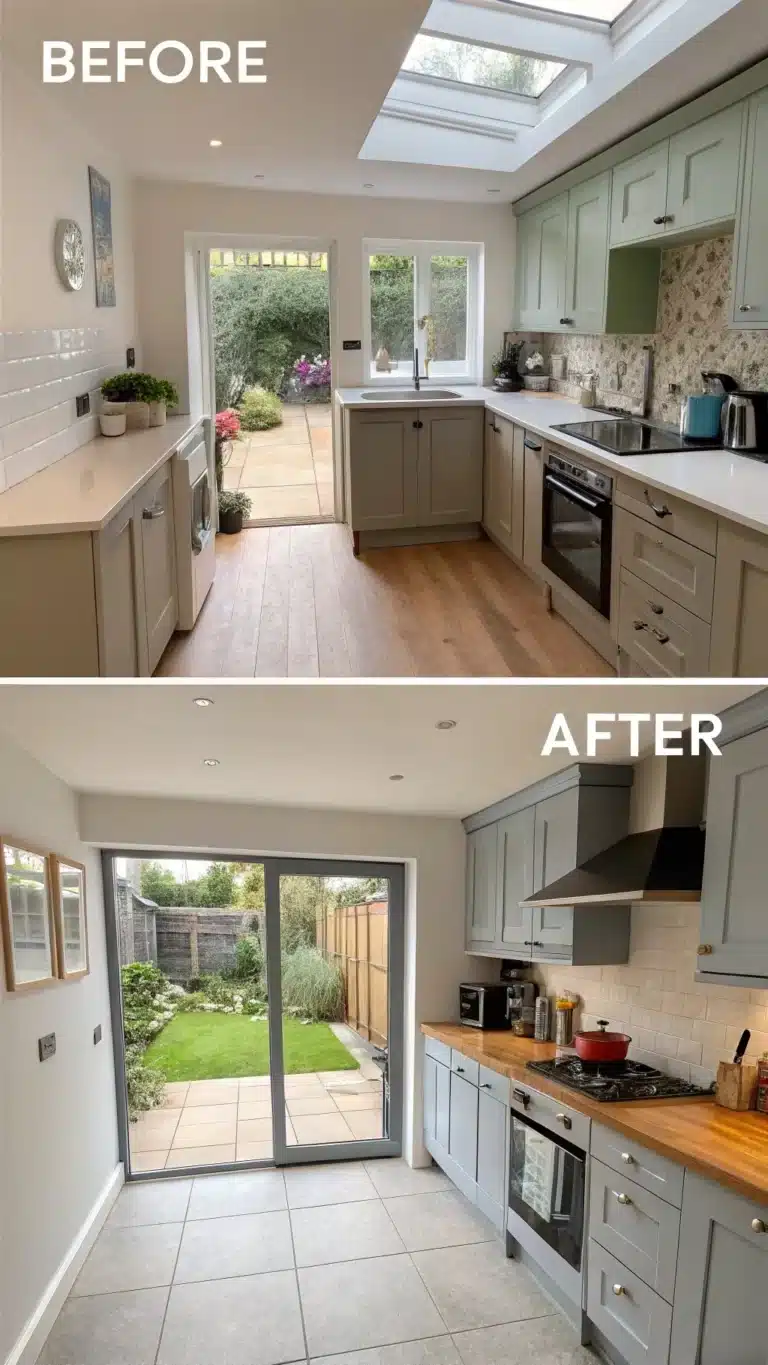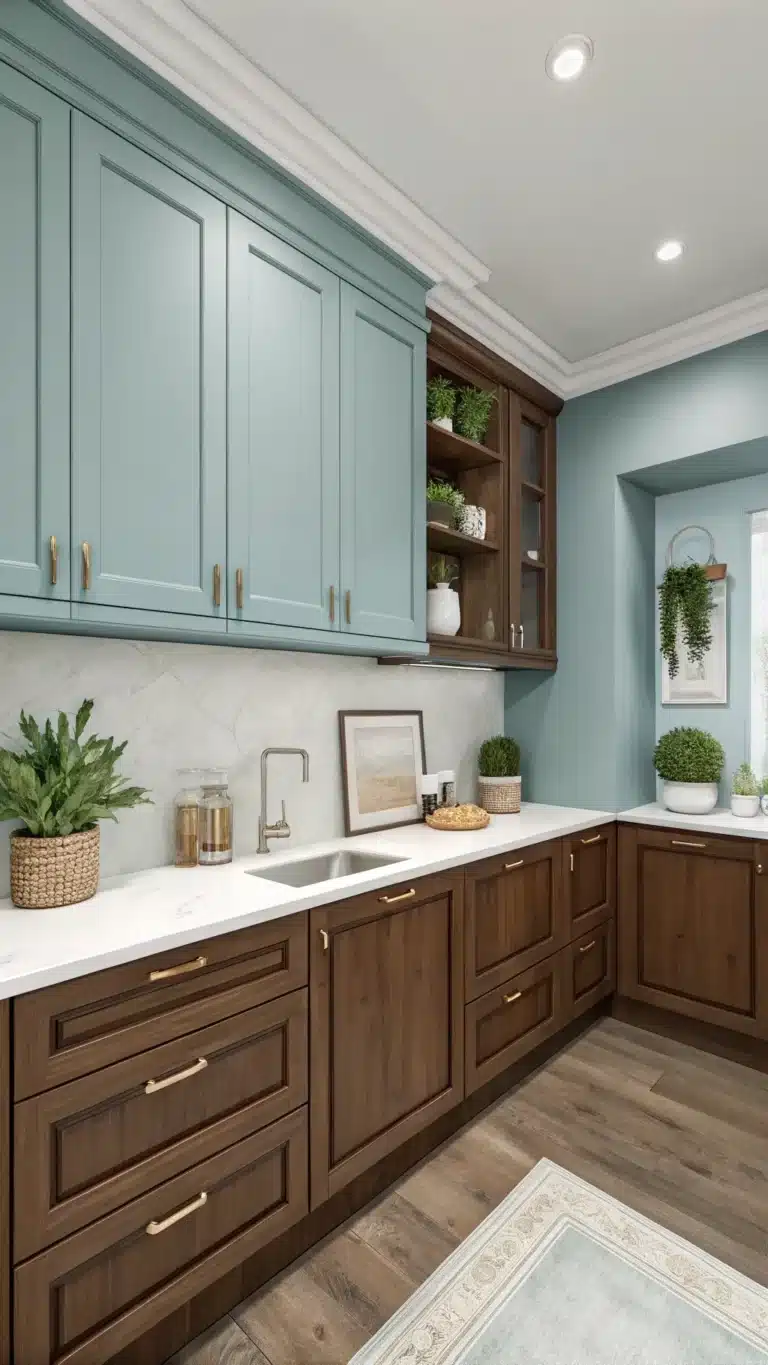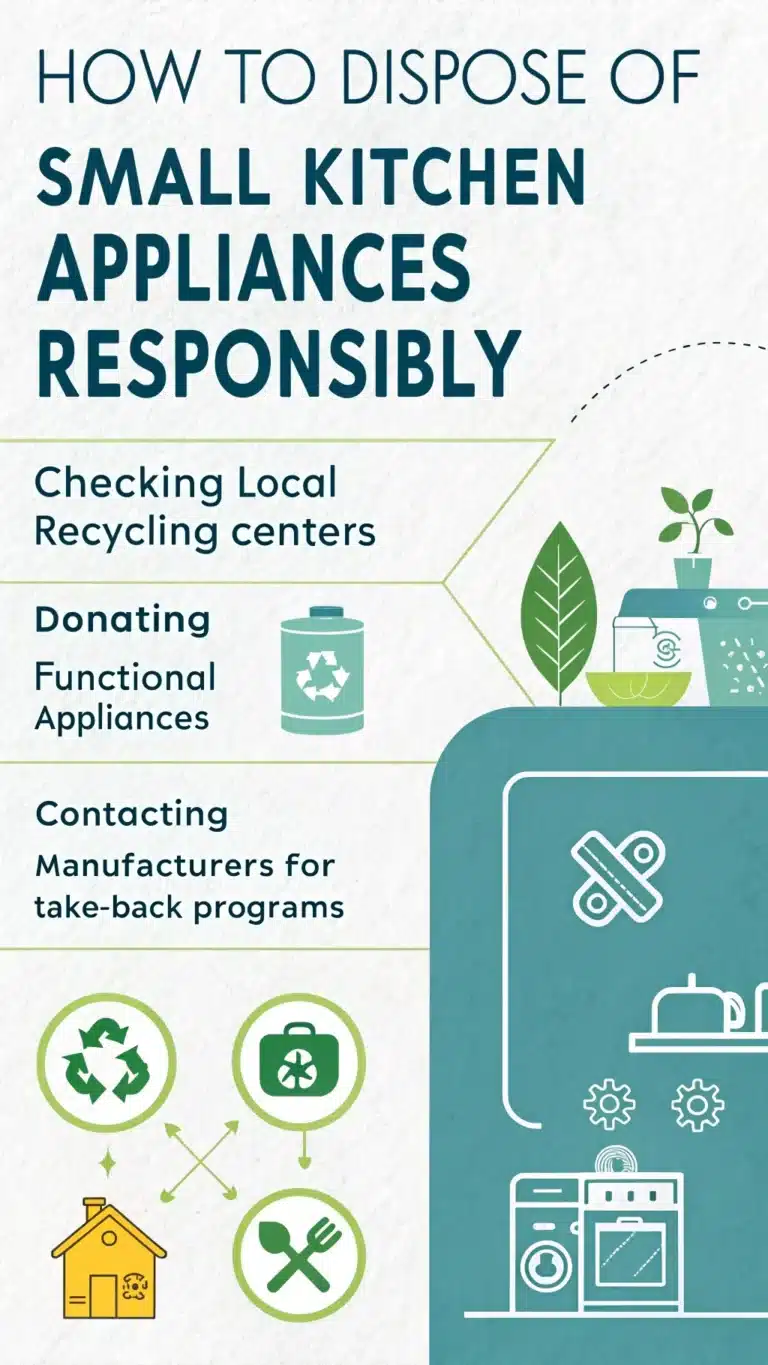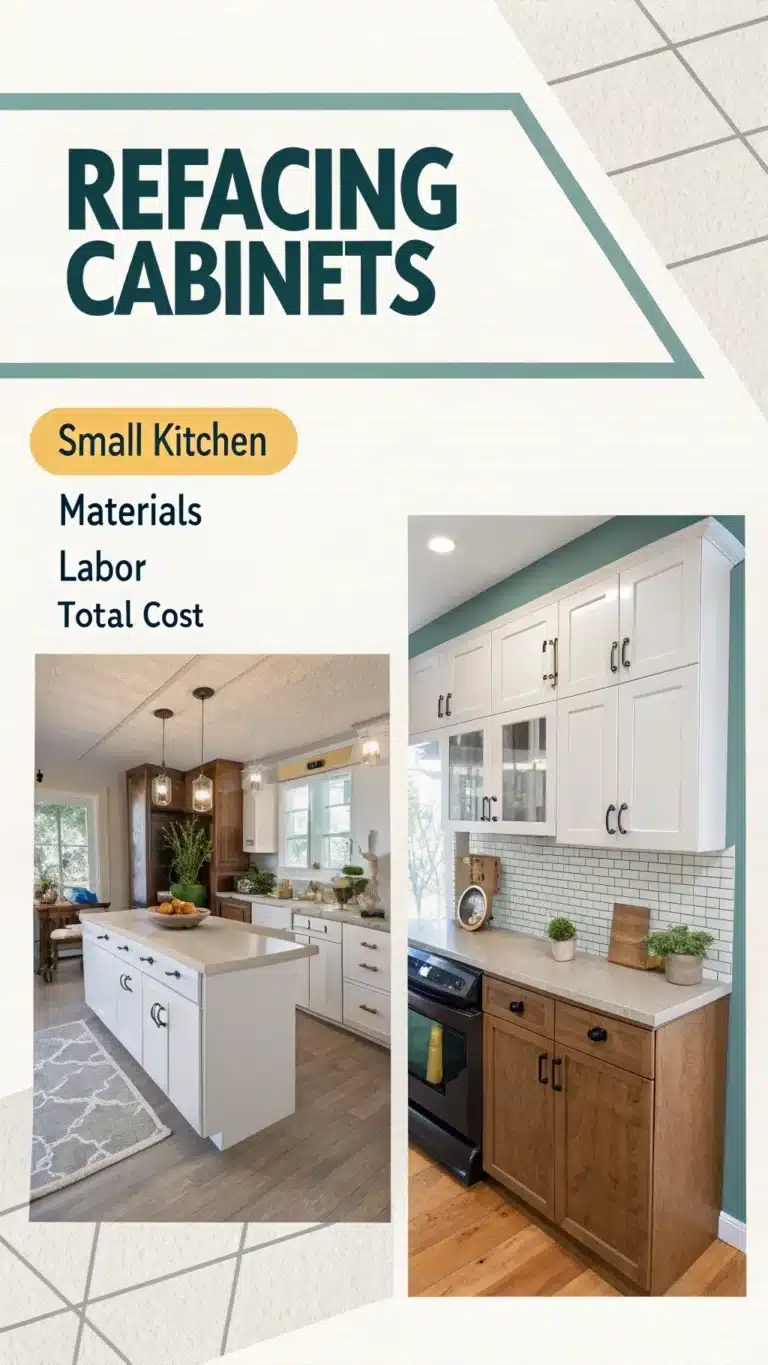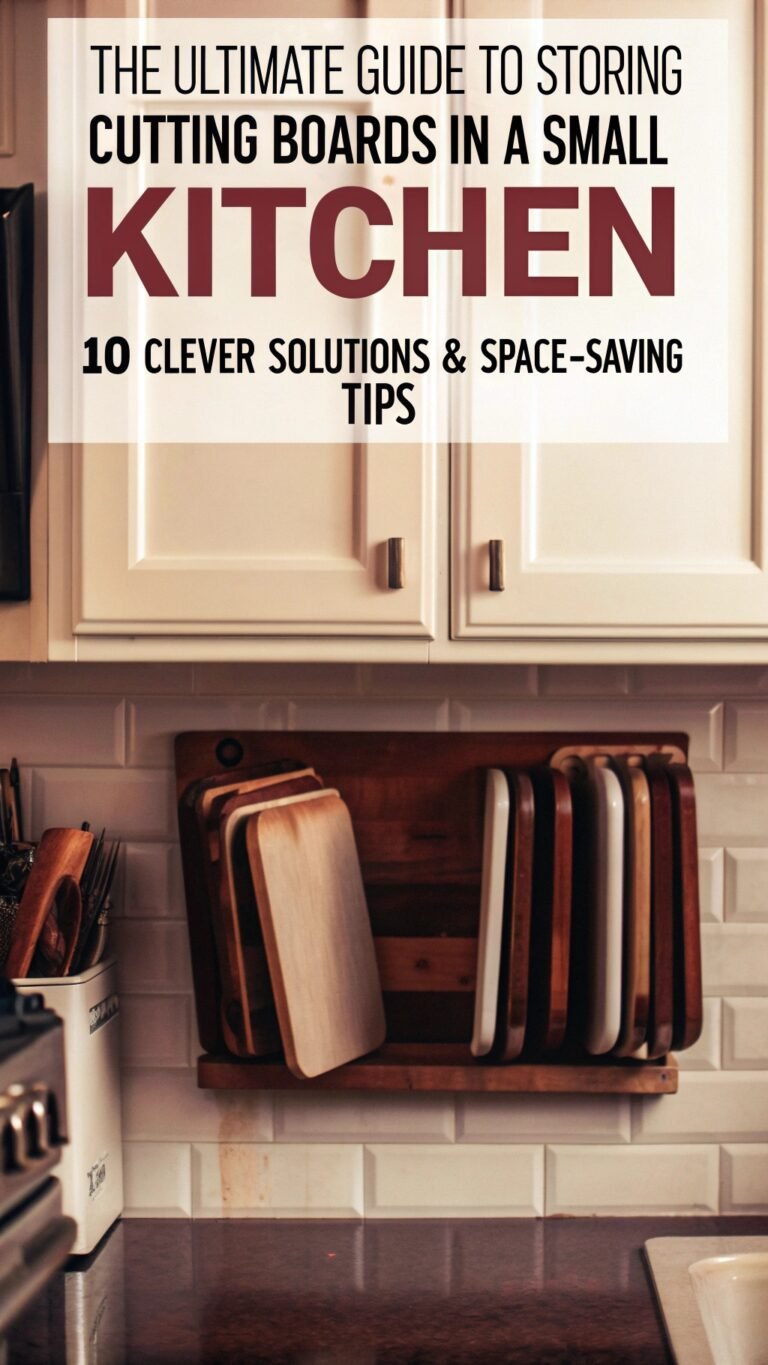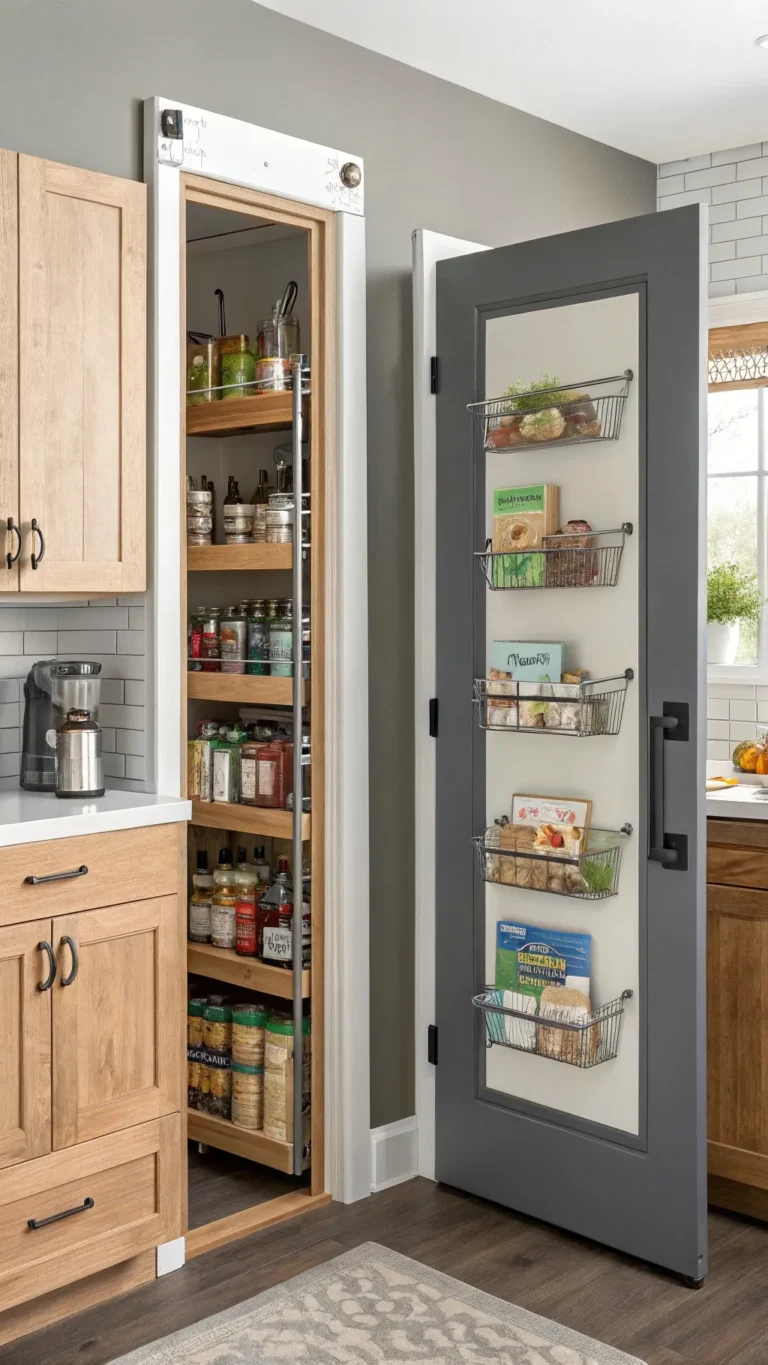Small kitchens often feel cramped or outdated. Yet, tiny details can make a huge difference. Cabinet hardware plays a big role in how your kitchen looks and works. This guide helps you choose and install the best small kitchen cabinet hardware to refresh your space affordably in 2025.
You will learn about the types of hardware, styles, materials, budgeting tips, and practical installation steps. Let’s make your small kitchen look stylish, feel larger, and work better—all without a full remodel.
The Big Impact of Small Details: How Hardware Transforms Your Kitchen
Cabinet hardware may seem small, but it holds great power. In a tight kitchen, every inch counts. Hardware acts like jewelry for your cabinets, shaping the room’s personality. Soft brass knobs can add warmth. Sleek black pulls bring modern edge.
Good hardware also makes life easier. Hard-to-open cabinets create frustration in tight kitchens. The right handles improve grip and flow. Experts say ergonomics matter a lot—especially in small spaces where movement is limited.
Certain finishes reflect light. Shiny chrome pulls can brighten dark corners. Matte finishes reduce glare but offer subtle elegance. These choices affect how roomy your kitchen feels.
In 2025, design trends favor minimalist looks. Integrated or edge pulls create clean lines and a less busy feel. Minimal hardware frees wall space visually. Updating kitchen cabinets hardware remains one of the first steps to freshen a small kitchen.
According to a 2023 survey by HomeAdvisor, nearly 60% of kitchen remodelers changed their hardware first. It costs far less than new cabinetry but impacts style and function strongly.
Before and after images clearly show how new hardware lets colors pop and cabinets stand out. Simple changes attract the eye and lift the entire kitchen’s mood.
Choosing Your Style & Function: Types of Hardware Best Suited for Small Kitchens
Hardware comes in many forms. Picking the right type shapes both style and usability. Here’s a look at popular options, focused on small kitchens.
Knobs
Knobs attach with one screw and come in round, square, and T styles. They keep visual clutter low. Knobs fit simple or traditional kitchens well.
Pros:
– Easy to install.
– Budget-friendly.
– Create less busy surfaces.
Cons:
– Can be hard to grip for wet or greasy hands.
– Offer less control than pulls when opening large drawers.
Pulls
Pulls attach with two screws. They come in bars, cups, or bins. Bar pulls add modern flair. Cup pulls lean vintage.
Pros:
– Easy to grip and open drawers or doors.
– Available in many sizes for versatility.
Cons:
– Protrude more, might catch on clothes.
– Require precise installation with two holes.
Cup Pulls / Bin Pulls
Cup or bin pulls feel comfortable in hand, offering a cozy look. They suit farmhouse or rustic styles.
Pros:
– Unique vintage style.
– Comfortable grip.
Cons:
– Style may not suit modern kitchens.
– Wet hands can make grip slippery.
Edge Pulls / Finger Pulls
Edge pulls keep hardware very low profile. You grip the cabinet edge instead.
Pros:
– Sleek, minimalist.
– Great for tight spaces.
Cons:
– Installation can be tricky; may need routing.
– Less visible, so some might find them hard to find.
Appliance Pulls
Briefly mentioned here—appliance pulls match the kitchen hardware to fridge or dishwasher handles, keeping a consistent look.
Cabinet Knobs vs Pulls in Small Kitchens
Many experts suggest mixing knobs and pulls for function and style balance. Use knobs on smaller doors, pulls on drawers. This approach supports ergonomics and adds visual interest.
| Feature | Knobs | Pulls |
|---|---|---|
| Installation | One hole | Two holes |
| Visual Clutter | Lower | Higher |
| Grip Ease | Moderate | Easier |
| Style Preference | Traditional, simple | Modern, versatile |
| Best For | Small doors | Drawers, larger doors |
Choosing depends on kitchen style, cabinet size, and personal preference.
Matching Your Decor: Styles, Materials, and Finishes for Your Best Cabinet Hardware for Small Kitchens
Hardware must complement your kitchen’s look. Consider styles, materials, and finishes carefully.
Matching Decor Styles
- Modern/Minimalist: Choose slim bar pulls or edge pulls. Matte black or brushed nickel fits well. Look for clean shapes.
- Traditional: Knobs or bail pulls in brass or bronze bring classic warmth.
- Transitional: Mix knobs and pulls. Brushed nickel or polished chrome works well.
- Farmhouse/Rustic: Cup pulls in wrought iron or distressed metal add charm.
- Contemporary: Explore unique shapes or mixed materials. Think acrylic or glass knobs.
Material Matters
Hardware materials differ in weight, feel, and durability.
- Metal: Brass, stainless steel, zinc alloy dominate kitchen hardware. Durable and strong.
- Wood: Adds warmth but less durable in kitchen humidity.
- Ceramic/Glass: Stylish but fragile, better for light-use areas.
- Acrylic: Trendy, modern, but may scratch easily.
Metal hardware usually lasts longest and withstands kitchen wear best.
Finishes to Consider
- Matte Black: A 2025 top finish; hides fingerprints and looks sharp.
- Brushed Brass/Gold: Adds warmth and elegance; trending.
- Brushed Nickel: Classic, soft sheen, hides smudges.
- Polished Chrome: Bright, reflective, but needs frequent cleaning.
- Satin Nickel: Soft shine, balances warmth and modern looks.
Reflective finishes brighten a small space. Matte finishes suit busy kitchens where fingerprints show. Choose a finish based on style and maintenance willingness.
Tips for Making Small Kitchens Feel Bigger with Hardware
Choose hardware with simple lines. Avoid bulky, heavy-looking handles. Reflective metal catches light and creates openness.
An expert at Houzz shared:
“Hardware can pull your design together or break the flow in a small kitchen.”
Finding Budget Kitchen Cabinet Hardware and Where to Buy
Hardware prices vary widely. A basic knob can cost under $2, while designer pulls reach $20 or more each.
Estimating Budget
Count the number of doors and drawers. Plan one knob or pull per door/drawer, usually.
Example: A kitchen with 12 cabinet doors and 8 drawers needs about 20 pieces.
Estimate total cost by multiplying hardware price by quantity.
Tips for Budget Finds
- Check sales at hardware stores or online.
- Search for lesser-known brands on Wayfair or Amazon—some offer great quality.
- Buy sample pieces first. Test feel and finish before a full order.
Where to Buy
- Local Stores: Home Depot, Lowe’s — see and touch products.
- Online Retailers: Amazon, Wayfair, Build.com — large variety, reviews.
- Specialty Stores: Cabinet hardware specialists offer unique styles and advice.
Studies show 35% of buyers prefer online shopping for cabinet hardware due to variety and pricing.
Shopping smart saves money without losing style or durability.
Your DIY Guide to Planning and Installing Small Kitchen Cabinet Hardware
Installing new hardware can refresh your kitchen quickly.
Planning Your Project
- Count pieces needed: One per door/drawer. Some drawers might need longer pulls.
- Measure: Check if old holes fit new hardware or need new drilling.
- Decide placement:
– Doors — usually center or edge, depending on style.
– Drawers — centered horizontally and vertically. - Gather tools: Drill, drill bits, measuring tape, level, screwdriver, pencil, hardware jig/template.
Step-by-Step Installation
Step 1: Protect counters with tape or cloth.
Step 2: Mark drill points carefully using a template. Accuracy matters.
Step 3: Drill holes from front side. Use a block of wood behind to avoid splintering.
Step 4: Attach hardware with screws. Avoid over-tightening to prevent damage.
Step 5: Repeat for all doors and drawers. Check alignment as you go.
Step 6: Clean workspace, test every pull and knob for firmness.
Troubleshooting Tips
- Stripped screws? Use a larger screw or insert wood filler first.
- Misaligned holes? Use backplates or decorative covers to hide imperfections.
- Loose hardware? Add a small drop of glue or tighter screws.
A professional cabinet installer stresses:
“Take your time measuring and drilling correctly. It saves headaches later.”
Frequently Asked Questions About Small Kitchen Cabinet Hardware
How many knobs or pulls do I need for drawers and doors?
One knob or pull per door or drawer is standard. Bigger drawers may need longer pulls for grip.
Can I mix knobs and pulls in a small kitchen?
Yes! Mixing styles adds interest. Use knobs on doors and pulls on drawers for easy access.
What is the most durable finish for kitchen hardware?
Brushed nickel and matte black resist fingerprints and wear well.
How do I clean my cabinet hardware?
Use mild soap and water. Avoid harsh chemicals, especially on brass or plated finishes.
How to fix misaligned hardware holes?
Fill old holes with wood filler or matching plugs. Drill new holes carefully.
Transform Your Small Kitchen with the Right Hardware
Small touches lead to big changes. Good cabinet hardware improves function, brightens style, and makes your kitchen feel larger. Understanding hardware types, styles, and finishes helps choose the best for your kitchen. Planning and careful DIY installation bring this vision to life affordably.
Changing small kitchen cabinet hardware offers a fresh look without remodeling costs. Why wait? Start exploring hardware options today and share your kitchen’s new look with friends or online.
Suggested Visuals:
- Examples of knob and pull styles.
- Before and after photos of hardware upgrade.
- Installation diagrams showing drill points and tool use.
- Table comparing hardware pros and cons.
Internal Link Suggestions:
- Small Kitchen Organization Ideas
- How to Paint Kitchen Cabinets
- Popular Kitchen Cabinet Hardware Brands
- Small Kitchen Design Trends 2025
External Resource Suggestions:
This guide offers a straightforward path to update your small kitchen by choosing the right hardware. Small changes bring big smiles. Happy remodeling!

